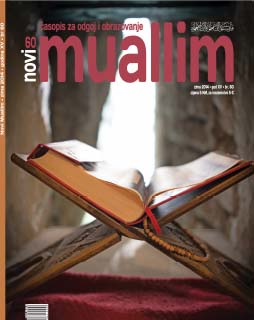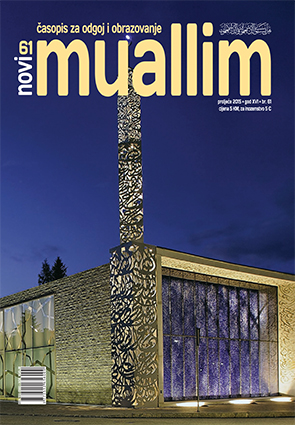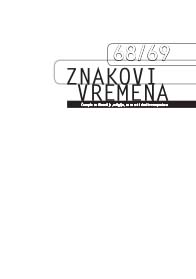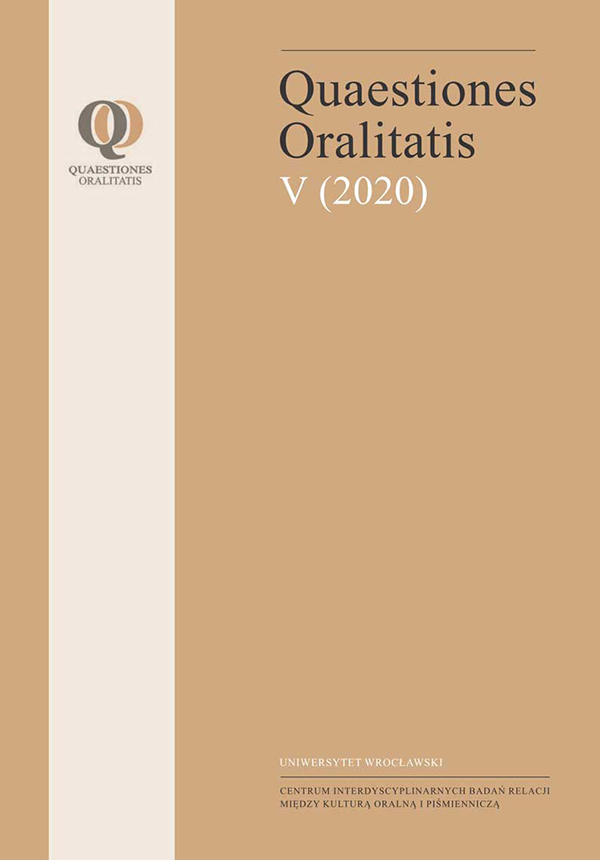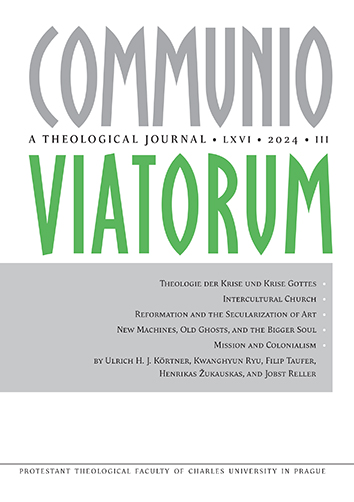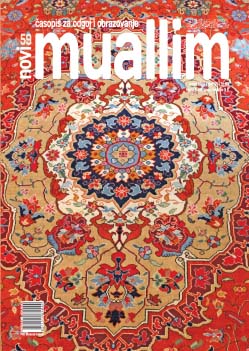
Dugoročni plan razvoja medresa (2014.-2024.)
The workgroup comprising of the representatives of all the madrasas, has prepared a plan for a synchronized development of madrasas that would represent the continuation of the reforms of this educational institution. Considering the fact that significant conceptual alterations adopted in year 2004, have so far proved to be correct and justified, the plan was made to present an improvement of the current system, rather than its restructure. Thus, keeping a general course adopted ten years ago, setting new aims in accordance with the requirements of present time, the plan brings some new elements like additional optional subjects within the Curriculum, preparing for the teaching plan and program that would introduce teaching of some present subjects in English language, standardization of the educational outcome with a tendency towards an external certification by introducing some already acknowledged quality standards, continuous and planed investment into professional teaching staff training, and plans for a further endorsement of madrasa in local communities and in public sphere. The aim of the plan is to secure further improvement of the functioning, but also preserving its spiritual substance that distinguishes madrasa as a unique school of its kind in Bosnia and Herzegovina.
More...
